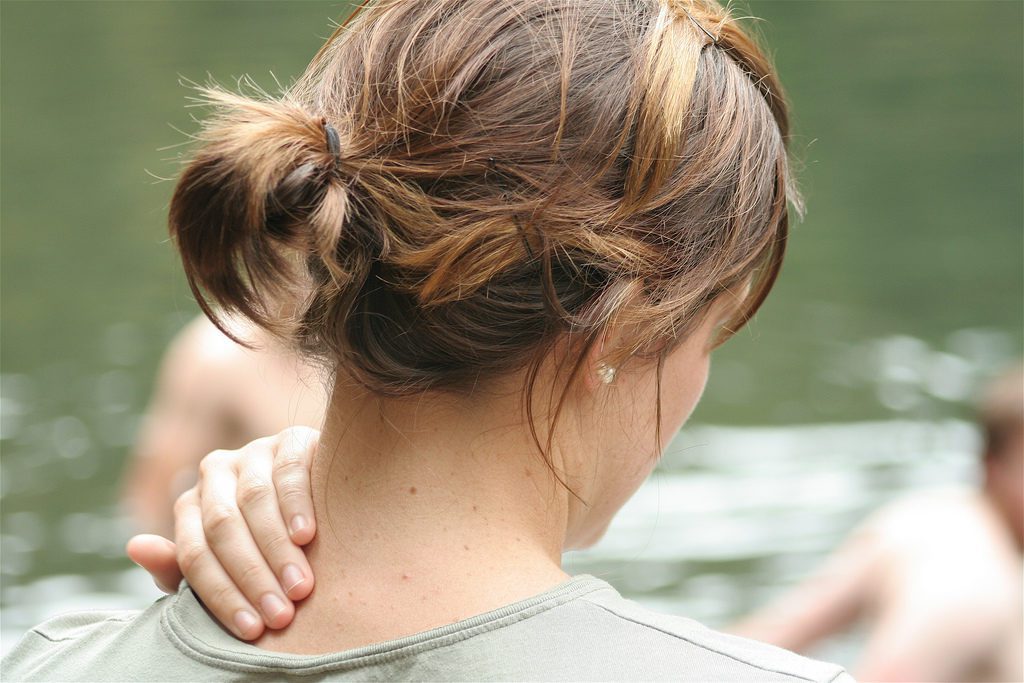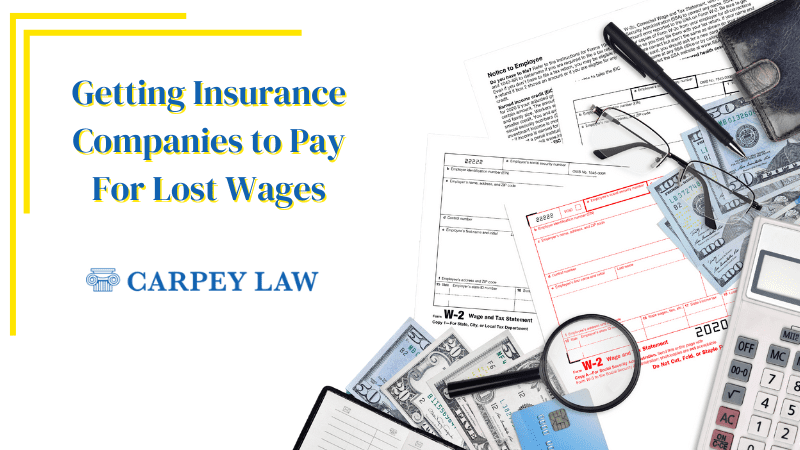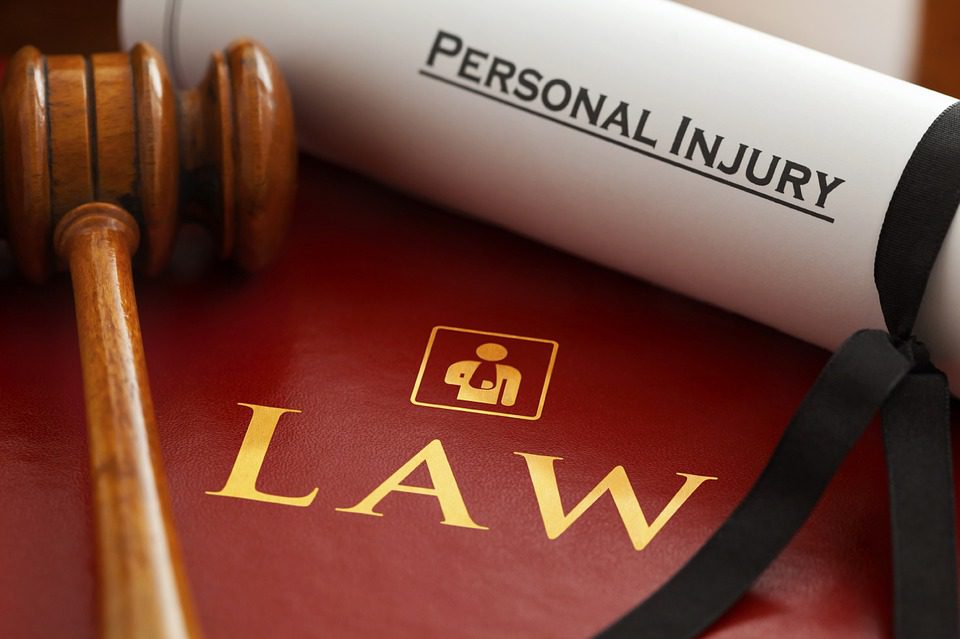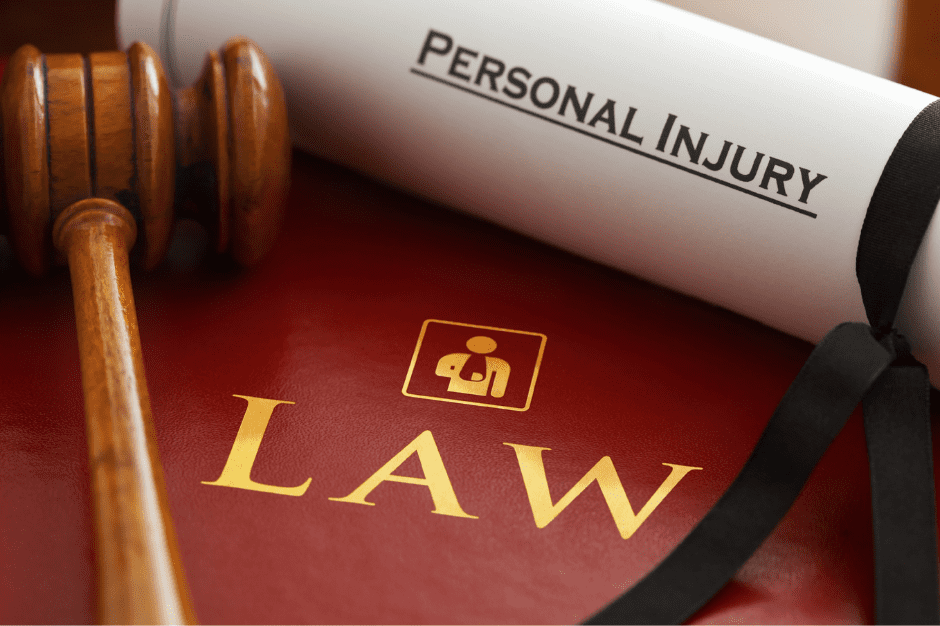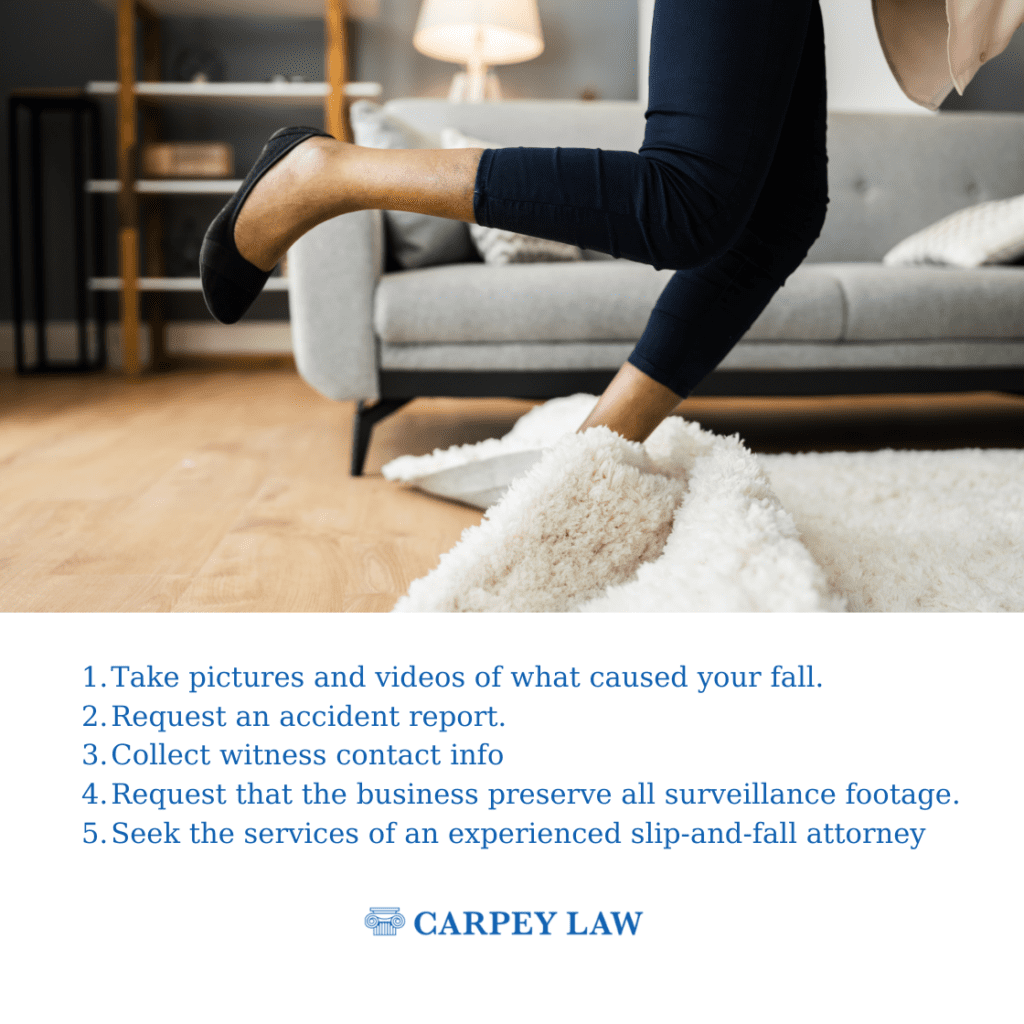The Carpey Chronicle – Personal Injury Law Articles
Do Insurance Companies Pay for Lost Wages in a Personal Injury Case?
Typical Car Accident Settlement Amounts With Injury
December 2023 Newsletter
Inside this Issue:
- Home For The Holidays
- A Slip and Fall Can Cause All That?
- Carpey Law: Proven Results For Our Clients
For More Than 35 Years - Laura Carpey’s Recipe of the Month: Salty Oatmeal
Chocolate Chunk Cookies
How Continuing Medical Care Increases Personal Injury Settlements
November 2023 Newsletter
The Most Common Rear End Collision Injuries
What Causes Most Rear-End Collisions and Determining Rear End Collision Fault?
How Social Media Can Affect Your Personal Injury Case
When to Get an Attorney for a Car Accident in Pennsylvania?
October 2023 Newsletter
September 2023 Newsletter
August 2023 Newsletter
What Types of Car Accident Injuries are Suffered By Occupant Ejection Victims?
Secrets to Success in Your Personal Injury Case
How To Choose A Personal Injury Lawyer?
Common Misconceptions About Selecting An Accident Lawyer in Philadelphia
Many personal injury clients think that all personal injury lawyers handle cases in the same way. This is simply not true. But, how do you go about choosing an accident lawyer in Philadelphia? Do you even need a lawyer? For small property damage claims, you may not need a lawyer. The same can be true for minor injury cases. But what is a minor injury case? Right after a trauma it may not always be apparent whether an injury which is initially minor will get worse, whether a case is small or large.
There are certain questions to ask that will lead you to the best accident lawyer in Philadelphia for your case, no matter what type of case you have.

